Trees For
Livelihoods
Agroforestry Solutions in Central India: Madhya Pradesh
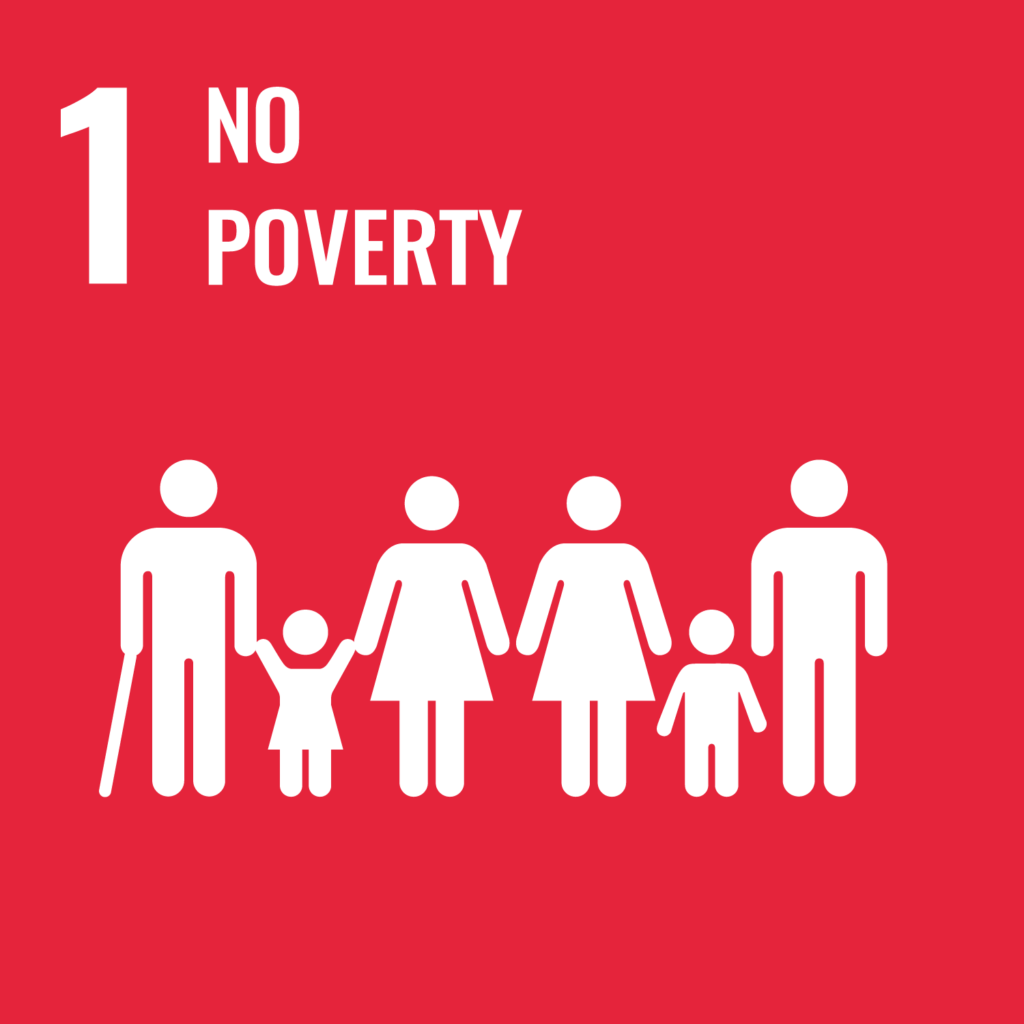
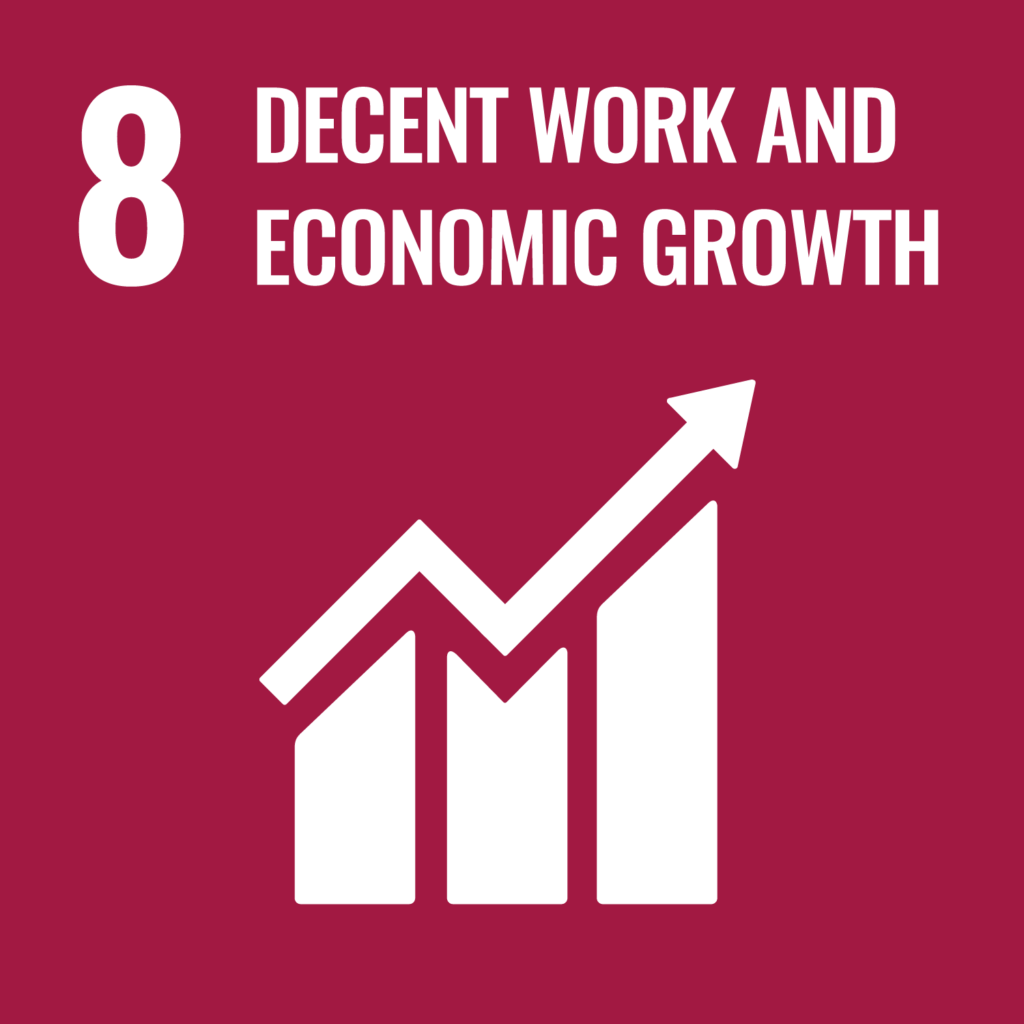
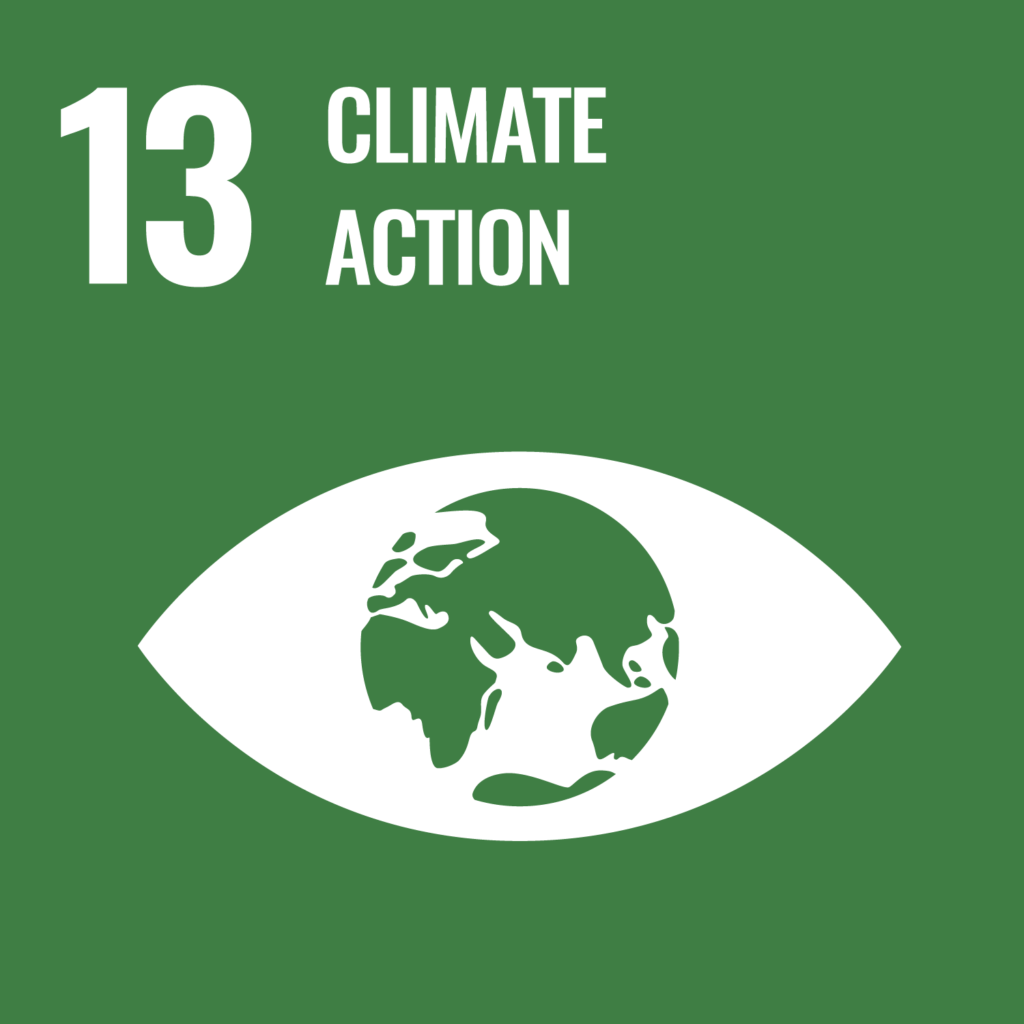
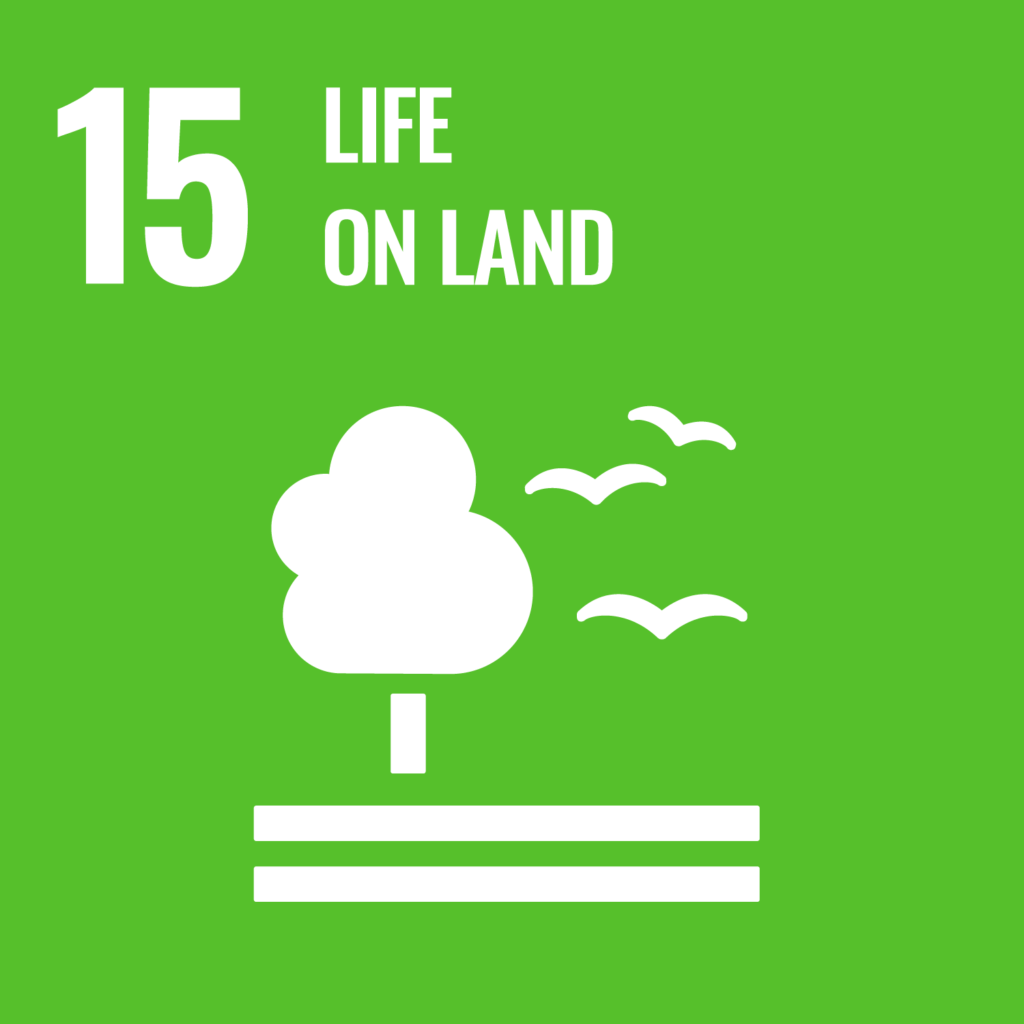
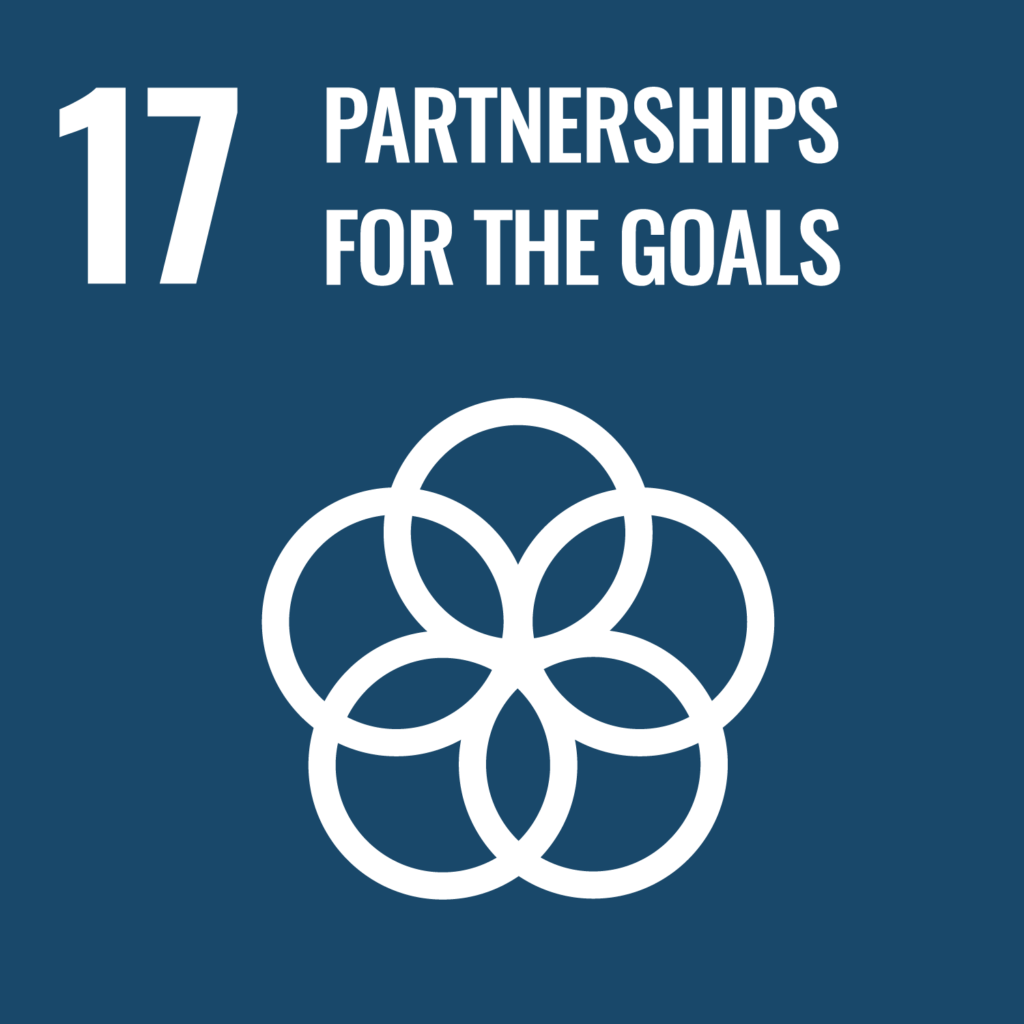
In a one-of-a-kind attempt at biodiversity action outside forests on a mega scale, smallholder farmers come together on this afforestation drive on farmlands to increase their financial security and adapt to their ever-changing crop yields. Diverse native trees on farm boundaries fight land and soil degradation and ensure better livelihoods. This agroforestry venture creates alternative income streams for farmers while being an effective carbon sequestration solution. Potentially minimizing urban migration, this program works by strengthening market networks and collective adaptive capacity for a resilient rural Madhya Pradesh.
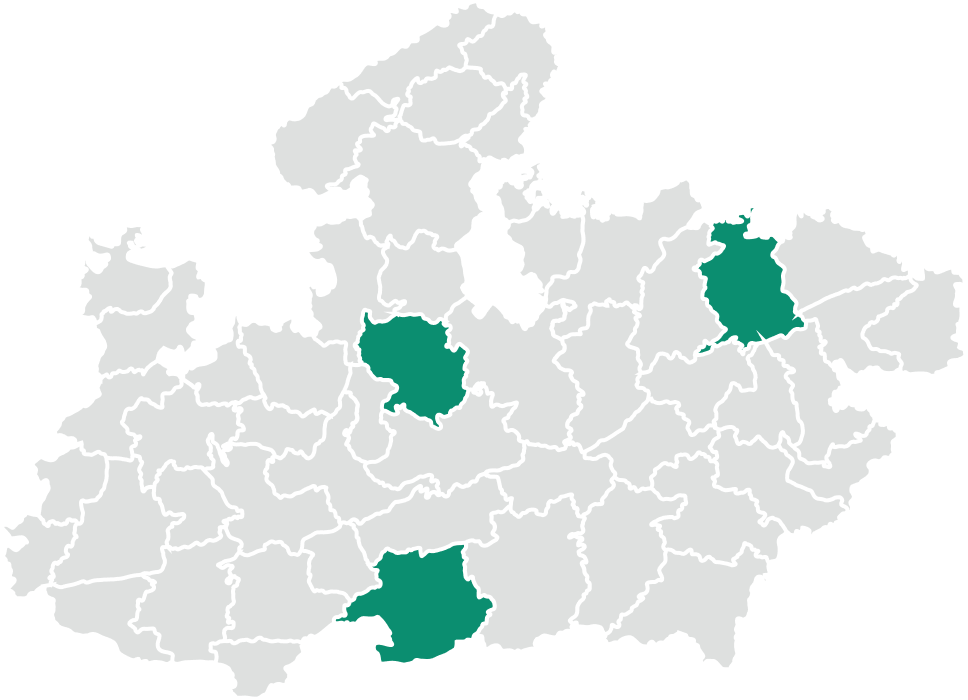
Madhya Pradesh, India
Project Location: Madhya Pradesh, India Methodology: Afforestation, Reforestation, and Revegetation (ARR)
Standard: Verified Carbon Standard
![]() Plantation Area: 40,000 HA
Plantation Area: 40,000 HA
![]() Current Plantation: 10.5 million trees
Current Plantation: 10.5 million trees
![]() Farmers Engaged: 19,000+
Farmers Engaged: 19,000+
![]() Future Project Expansion: 60 million trees
Future Project Expansion: 60 million trees
Species
Custard Apple
Beech
wood
Jamun
Mahogany
Moringa
Teak
Guava
Shisham
Income, Security & Stewardship through Agroforestry
Over 140,000 farmers across several districts of Madhya Pradesh are integrating timber and fruit trees in their agricultural landscapes as a viable land use system. Timber trees like teak provide a long-term financial buffer, while fruit trees bring year-round nutrition and income. Led and encouraged by a team of dedicated Preraks (motivators), this approach enables farmer groups and communities to become environmental stewards and build generational resilience against the climate crisis.

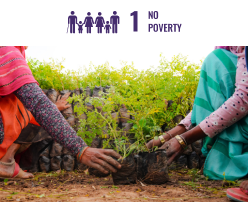
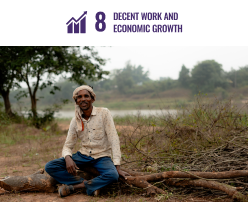
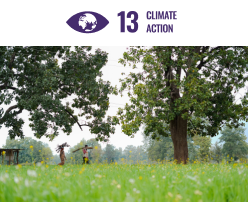
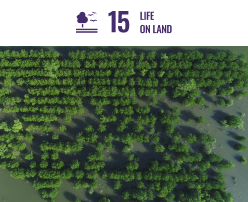
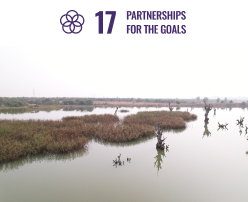
These regions are susceptible to heat waves and crop losses—events that directly endanger the financial stability of smallholder families. The trees under this program provide an economic net against potential future drivers of poverty, keeping in mind that the agricultural labor demographics are shifting. Younger people are moving out of the field, and there is a risk of the farmers aging and not being able to continue farming practices in the future due to a lack of support from their children.
The program promotes the use of agroforestry as a financial security solution for the smallholder farming communities of Madhya Pradesh. It holds a direct bearing on reversing rural migration by enabling localized economic activities and providing social security for aging farmers. Additionally, thousands of rural community members implement the project’s planting management. That produces a direct economic benefit as service payments for nursery management, planting, maintenance, and monitoring.
Smallholders are on the frontline, bearing the brunt of climate change. The program, in addition to helping them adapt to changing crop yields, also allows them to remove a significant amount of CO2 from the atmosphere. At full capacity, almost 10 million tCO2 is expected to be removed over the next 20 years or so.
Large-scale programs like these help groundwater retention across the whole region, directly aiding local biodiversity ecosystems to thrive. The project has a landscape-based approach and will restore this entire watershed and enable a significant positive impact on life on land in this landscape. Trees for Livelihood in Madhya Pradesh is central to achieving these outcomes, combining ecological restoration with community-driven efforts.
‘Trees For Livelihood’ enables collective action through the convergence of public resources and program activities crucial for success. The local state government is heavily involved in its promotion, leading to increased confidence levels in the program for smallholder farmers. Moreover, a very elaborate FPIC process led us to have a unique multi-tiered institutional mechanism for the program. This mechanism involves participation from governments, academia, civil society organizations, farmer federations, and local village councils.
Income Hedge for Smallholders

These regions are susceptible to heat waves and crop losses—events that directly endanger the financial stability of smallholder families. The trees under this program provide an economic net against potential future drivers of poverty, keeping in mind that the agricultural labor demographics are shifting. Younger people are moving out of the field, and there is a risk of the farmers aging and not being able to continue farming practices in the future due to a lack of support from their children.
Social Security for Smallholders

The program promotes the use of agroforestry as a financial security solution for the smallholder farming communities of Madhya Pradesh. It holds a direct bearing on reversing rural migration by enabling localized economic activities and providing social security for aging farmers. Additionally, thousands of rural community members implement the project’s planting management. That produces a direct economic benefit as service payments for nursery management, planting, maintenance, and monitoring.
Nature-based Carbon Removal at Megascale

Smallholders are on the frontline, bearing the brunt of climate change. The program, in addition to helping them adapt to changing crop yields, also allows them to remove a significant amount of CO2 from the atmosphere. At full capacity, almost 10 million tCO2 is expected to be removed over the next 20 years or so.
Biodiversity Outside Forests: The Watershed Approach

Large-scale programs like these help groundwater retention across the whole region, directly aiding local biodiversity ecosystems to thrive. The project has a landscape-based approach and will restore this entire watershed and enable a significant positive impact on life on land in this landscape. Trees for Livelihood in Madhya Pradesh is central to achieving these outcomes, combining ecological restoration with community-driven efforts.
Partnerships for Watershed Restoration

‘Trees For Livelihood’ enables collective action through the convergence of public resources and program activities crucial for success. The local state government is heavily involved in its promotion, leading to increased confidence levels in the program for smallholder farmers. Moreover, a very elaborate FPIC process led us to have a unique multi-tiered institutional mechanism for the program. This mechanism involves participation from governments, academia, civil society organizations, farmer federations, and local village councils.
Gallery
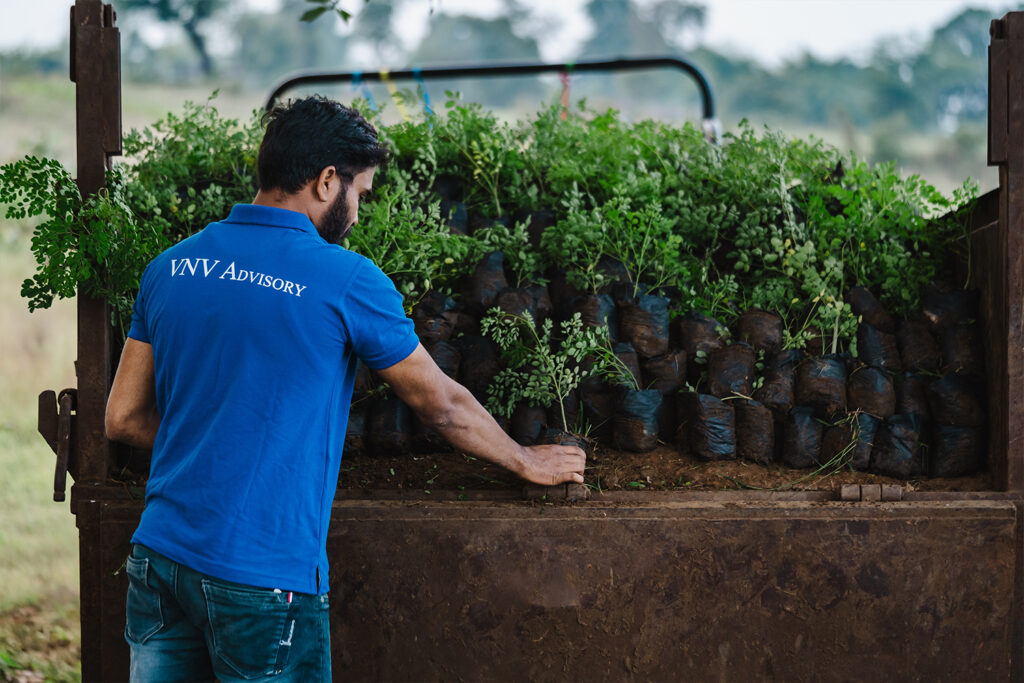
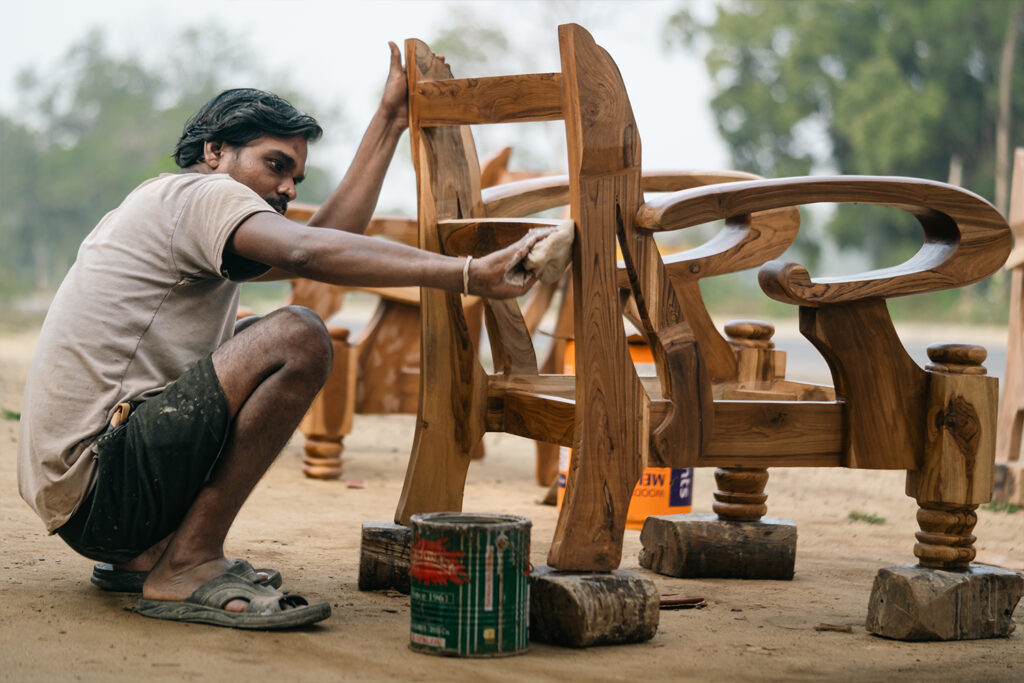
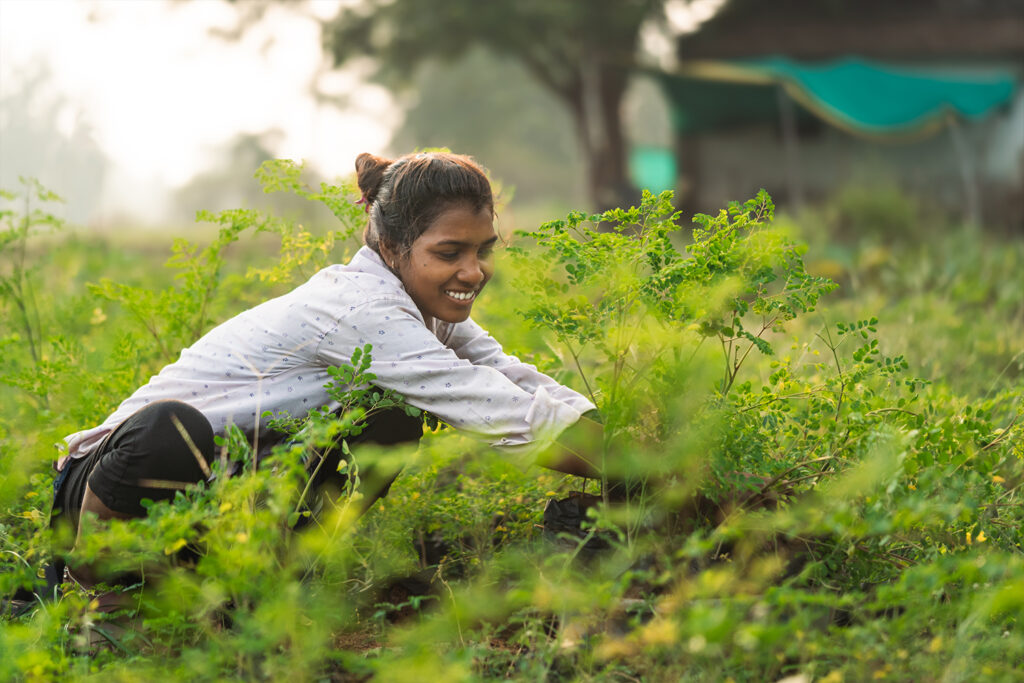
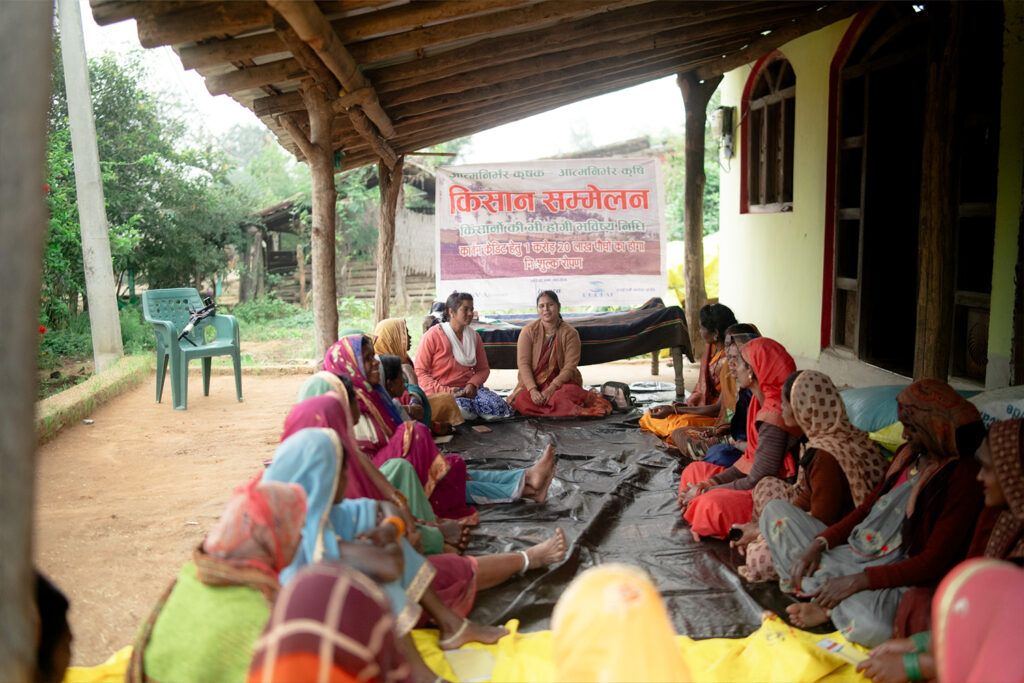
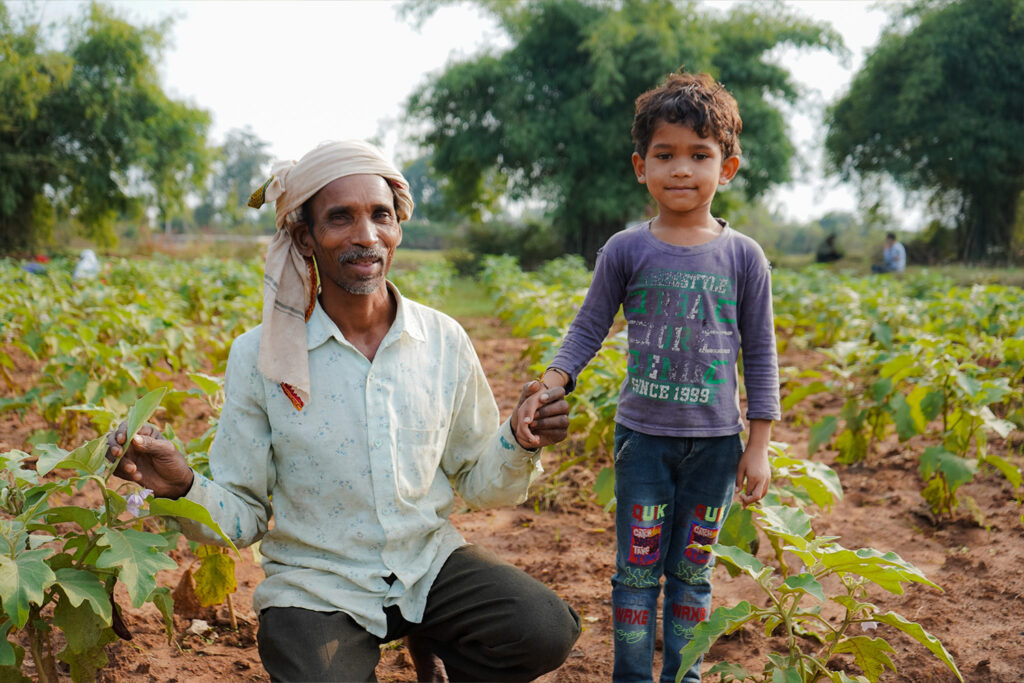
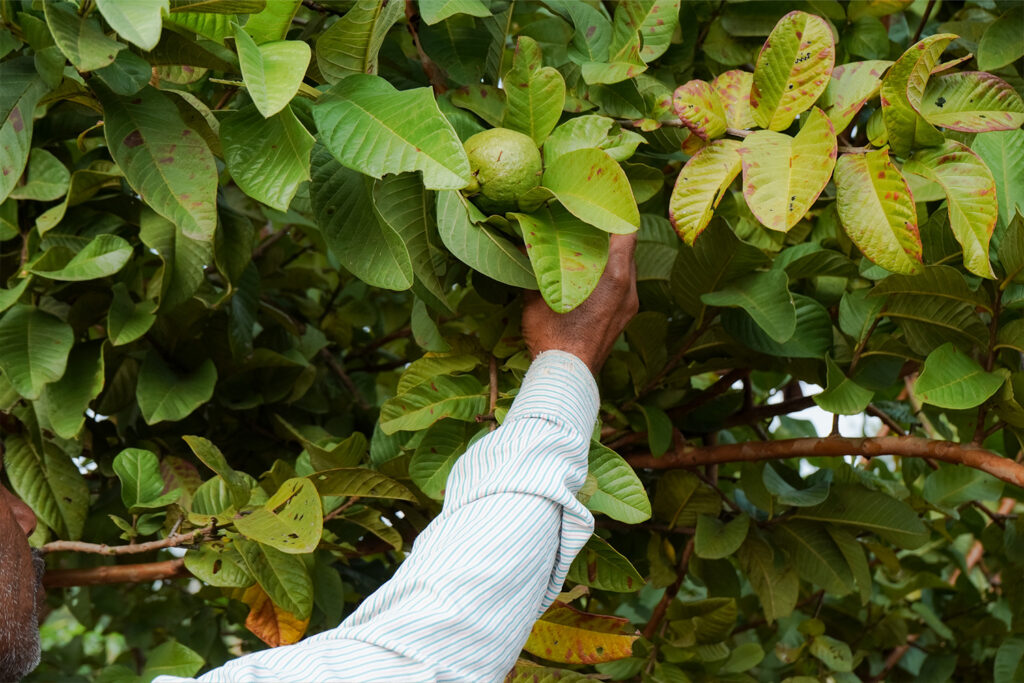
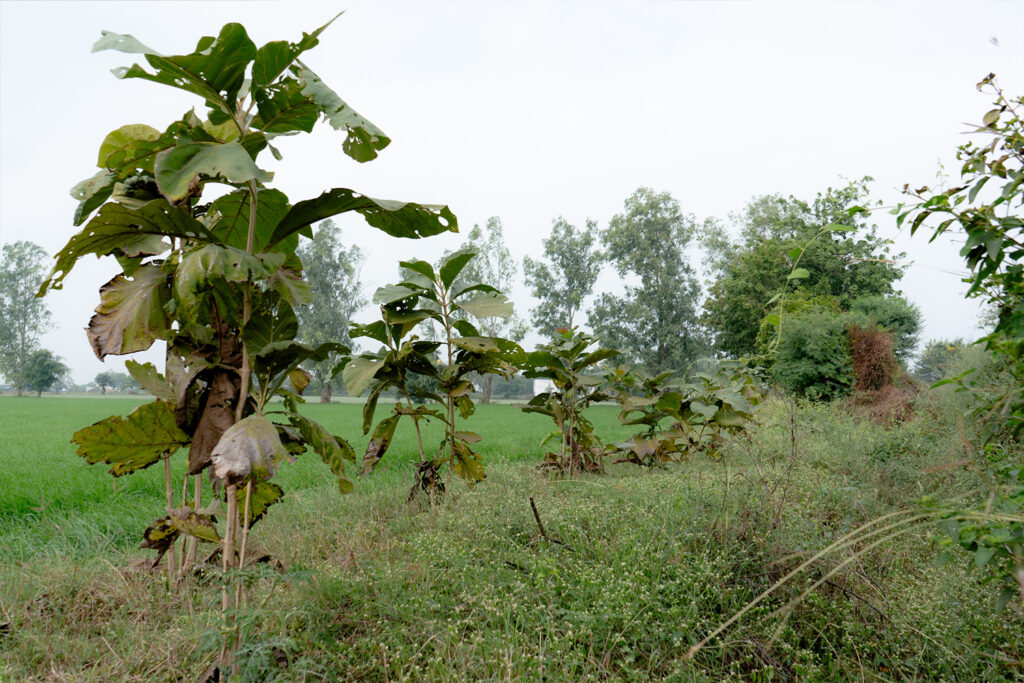
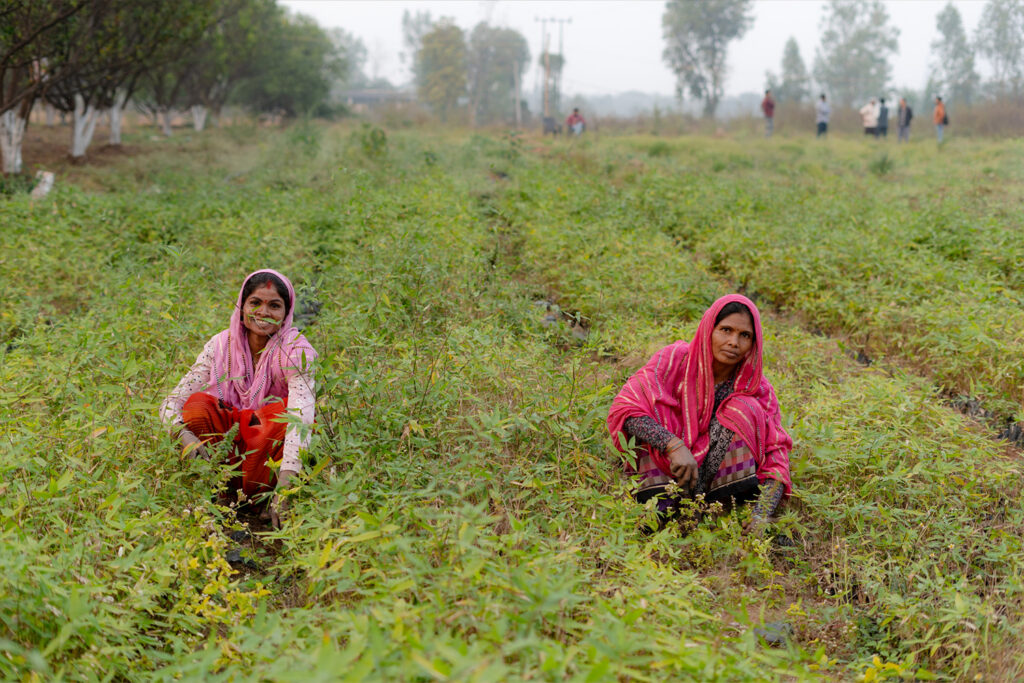
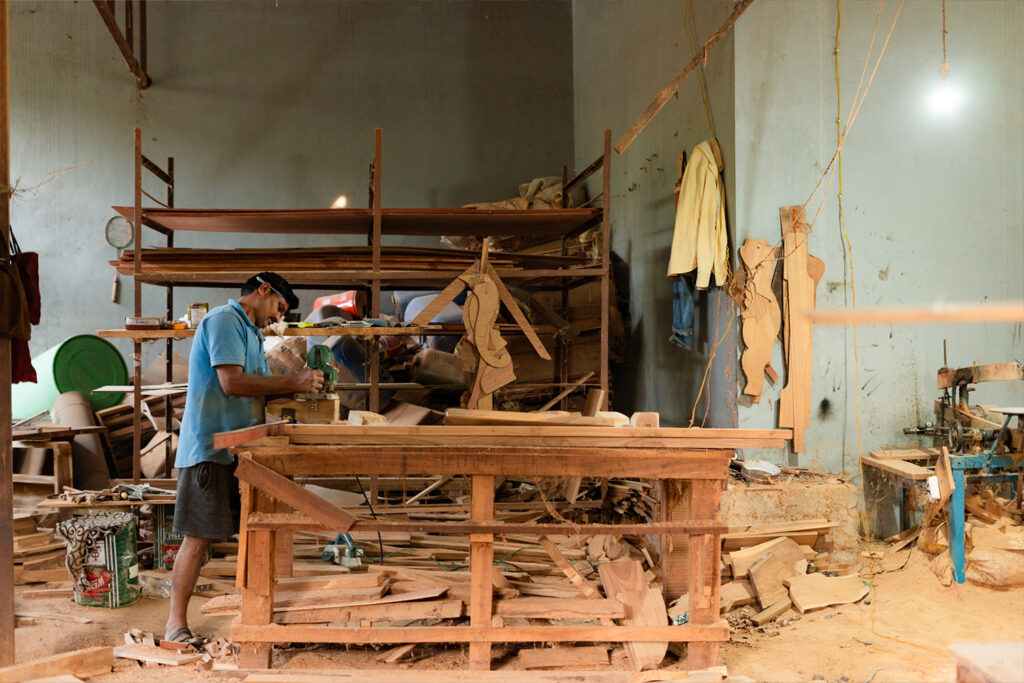
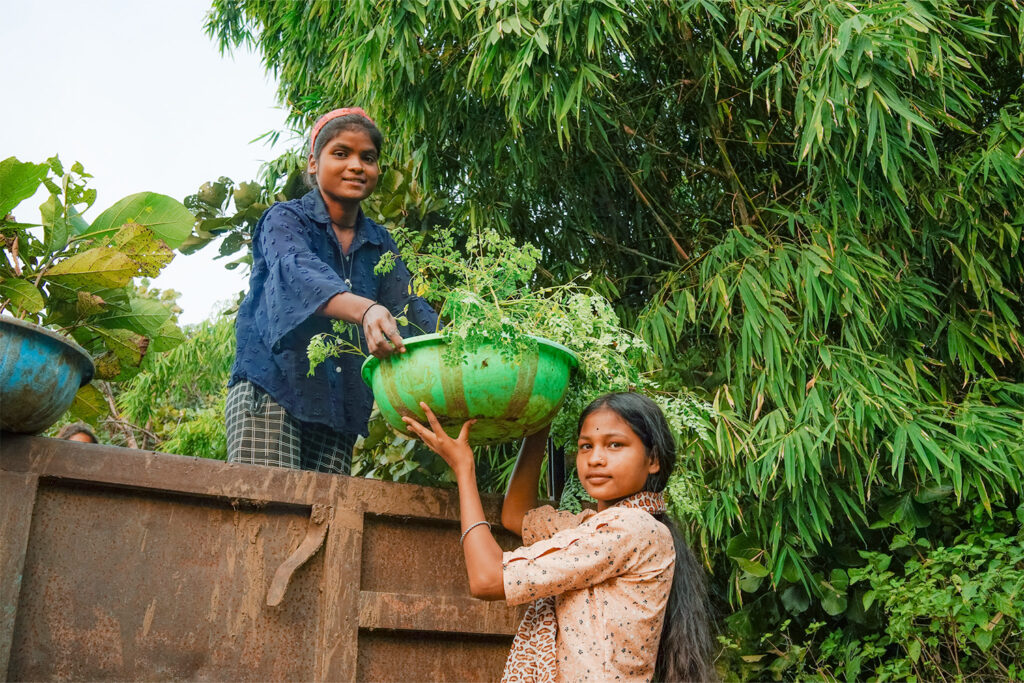
Be Part of
the Solution.
Be Part of the Solution.
Real Stories, Real Change

Sushma's Story

Their (women’s) responsibilities are limited to household chores, cooking, taking care of children, and managing their education. People say that women cannot accomplish such big targets or other tasks. I said, “Come forward. We will show you how it’s done.”
Sushma Dhurve
Farmer and Prerak (Motivator)
Kalaripat, Harda, Madhya Pradesh


